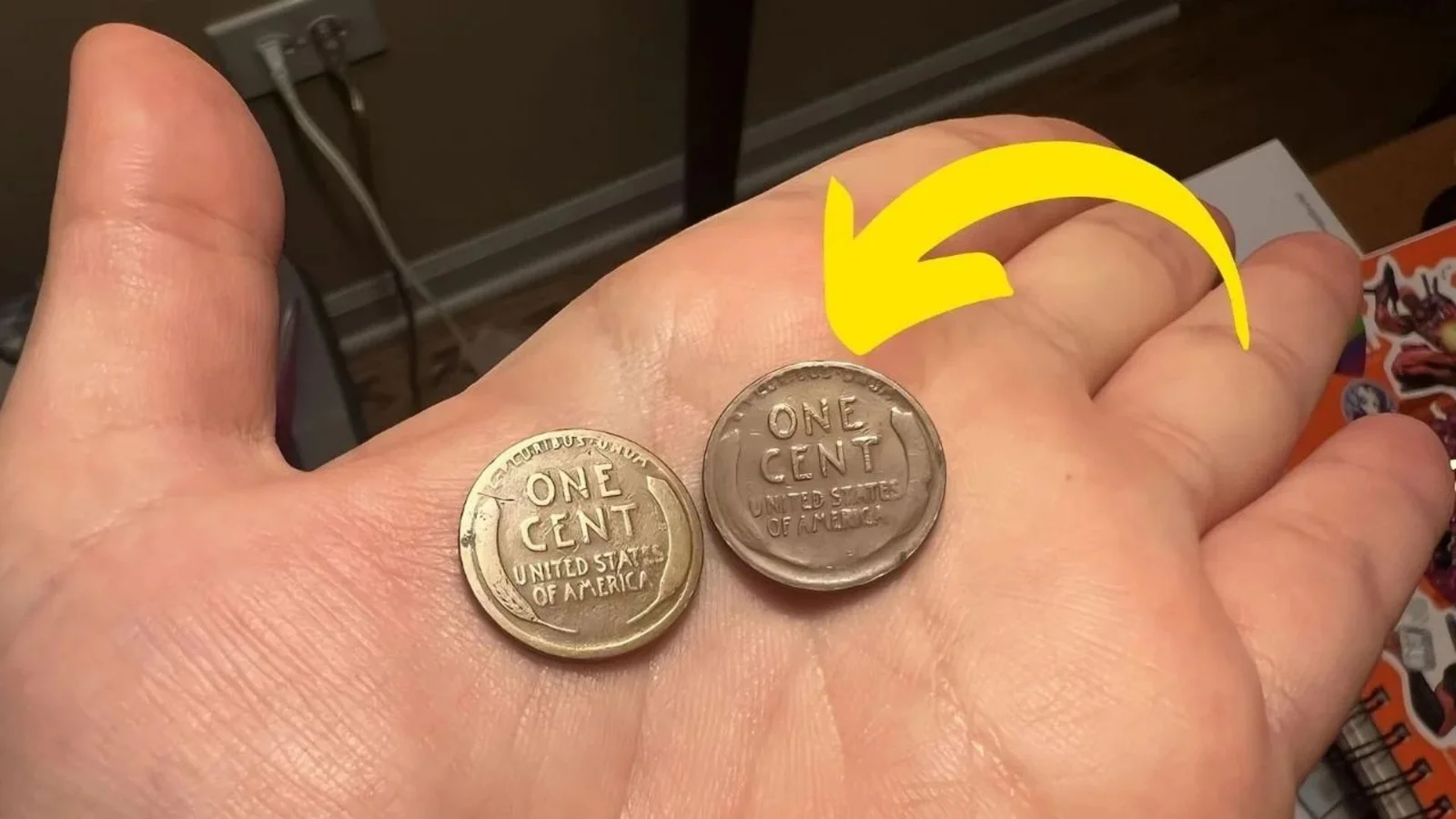What if that old penny in your drawer was worth hundreds—or even thousands? Wheat Pennies, once everyday change, are now a cornerstone of coin collecting. Their values vary wildly depending on year, mintmark, and condition. Let’s dive into the hidden treasures waiting in this iconic coin series.
What Are Wheat Pennies?
The Wheat Penny, officially known as the Lincoln Wheat Cent, was minted from 1909 to 1958. Its reverse shows two stalks of wheat surrounding the words “ONE CENT.” What seems like a simple design hides incredible stories and values, making Wheat Pennies one of the most collected coins in America.
The History Behind Wheat Pennies
First struck in 1909 to honor the centennial of Abraham Lincoln’s birth, the Wheat Penny became the first US coin to feature a real person. Early issues, especially the 1909-S VDB, created instant excitement due to their limited release. Wartime years brought steel cents and mint errors, further fueling collector interest.
Why Wheat Pennies Are Valuable Today
Collectors prize Wheat Pennies because they combine historical importance, scarcity, and investment potential. Some coins, like the 1943 bronze cent, have sold for over $1 million. Even common-date Wheat Pennies often carry more value than face value, especially in higher grades.
Wheat Penny Values by Year
Below is a snapshot of key Wheat Penny years and their typical collector values. Keep in mind that rarity and grade can significantly change prices.
Key Wheat Penny Values by Year
Year | Notable Variety / Mintmark | Estimated Value (Good–Uncirculated) |
1909-S VDB | Low mintage, designer initials | $700 – $2,000+ |
1914-D | Scarce Denver issue | $200 – $3,000+ |
1922 No D | Missing mintmark error | $500 – $15,000+ |
1931-S | Low mintage San Francisco | $75 – $1,000+ |
1943 Copper | Mistaken bronze strike | $100,000 – $1,000,000+ |
1955 DDO | Famous doubled die | $1,000 – $15,000+ |
1958 DDO | Extremely rare doubled die | $30,000 – $200,000+ |
Factors That Impact Wheat Penny Value
Not all Wheat Pennies are created equal. Here’s what drives price differences:
Value Factors Explained
Factor | Why It Matters |
Year & Mintmark | Certain mints had lower production, boosting rarity |
Errors & Varieties | Doubled dies, no mintmarks, and off-metal strikes raise value |
Condition (Grade) | Mint State coins bring exponential price jumps |
Historical Demand | Popular dates often hold premium prices |
How to Collect Wheat Pennies
Starting a Wheat Penny collection is both affordable and exciting. Beginners often begin with coin rolls, estate sales, or family change jars. For serious collectors, certified coins from PCGS or NGC ensure authenticity and protect investment.
Notable Facts About Wheat Pennies
- Over 24 billion Wheat Pennies were minted between 1909–1958.
- The rarest error, the 1943 bronze cent, is worth more than most cars.
- The 1955 doubled die cent remains one of the most famous error coins in US history.
Expert Tips for Collectors
- Always handle coins carefully to avoid damage.
- Prioritize key dates and rare varieties over common coins.
- Invest in professional grading for high-value finds.
- Store coins in protective holders to prevent wear.
FAQs
Q: Are all Wheat Pennies valuable?
A: No, many are worth only a few cents, but key dates and errors are extremely valuable.
Q: Where can I sell Wheat Pennies?
A: Auction houses, coin dealers, and certified marketplaces are best.
Q: Can I still find Wheat Pennies in circulation?
A: Rarely, but they occasionally turn up in bank rolls and old collections.
Conclusion: Could You Be Holding a Treasure?
The Wheat Penny series is a fascinating mix of history and hidden value. From the legendary 1909-S VDB to the mysterious 1943 bronze cent, these coins continue to surprise collectors worldwide. Check your coin jar—you might just have a small copper fortune waiting to be discovered.
Leave a comment
Your email address will not be published. Required fields are marked *


